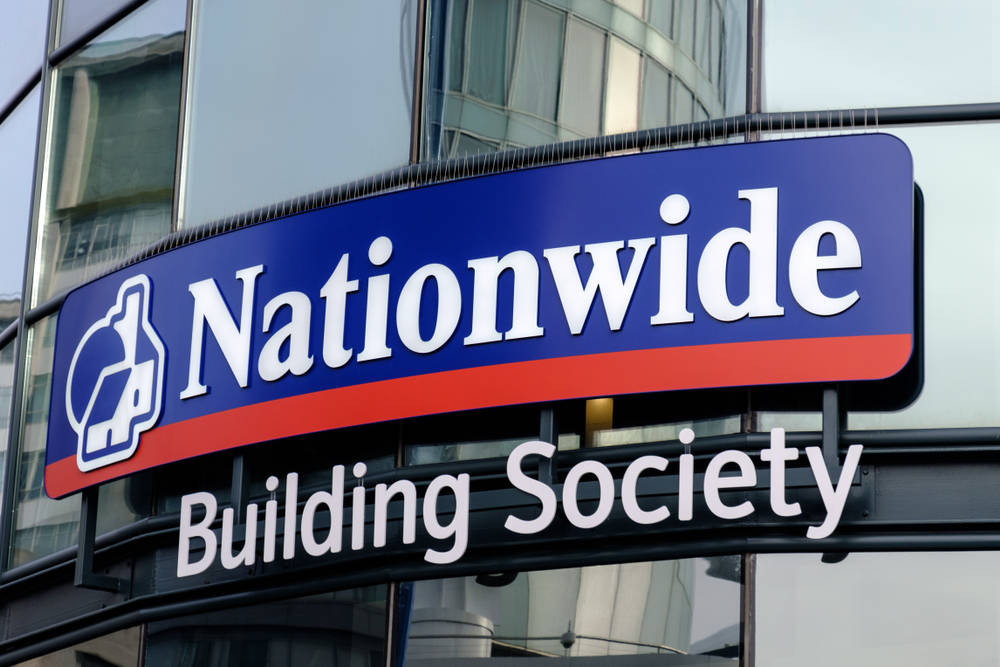
Richard Johnson
As we are in the fourth year since the Competition and Markets Authority published its report imposing measures for large retail banks to introduce open banking for current accounts, it is fair to say that some of the predictions about this revolutionising the banking industry have so far not materialised.
Despite the implementation timescales being perhaps longer than anticipated, the major banks have made current account data available via open banking.
There has also been a flurry of further activity, mainly by small fintech organisations, to establish useful and innovative products in a few key areas, most notably:
- Money management – customer budgeting and spending analysis tools
- Money saving insights – leading to marketplaces to help customers save money on products by analysing their current spending and offering deals
- Affordability – Open banking data is now being used to streamline the affordability processes in lending by providing bank account data at both the loan origination stage and where a customer is having difficulty repaying the loan
We are also starting to see examples that amalgamate these into a single solution, app or digital marketplace.
Open banking and mortgages
Whilst the mortgage industry has benefited on the periphery in all these examples, open banking hasn’t (yet) made a huge impact on the way that customers transact with intermediaries and brokers, or with lenders.
As all residential mortgage applications currently involve sending (typically) three months of bank statements, there is a very good argument that using open banking to deliver this information will be better for the customer and broker experience and has the potential to reduce time with the transaction.
When digital brokerage Mojo Mortgages asked customers: “Is speed of completion important to you?” of those who expressed a preference, 62.4% answered “yes”.
Indeed Richard Hayes, CEO of Mojo Mortgages, told Computershare Loan Services (CLS): “Open banking is set to revolutionise the £1 trillion mortgage industry.
“Traditionally an inflexible industry where customer experience is slow, expensive and lacking transparency, we believe open banking plays a key role in dramatically improving the customer experience.
“By 2022, we would hope over 90% of mortgage applications will make use of open banking data, and if our predictions are correct, this will transform the market in many ways.”
We both agree that the mortgage origination process could be streamlined via open banking, not least the need to validate income and evidence affordability. Open banking can cut out the piles of bills and bank statements required for lenders to make an affordability assessment.
Richard continued: “Secondly, utilising open banking data will also help to prevent money laundering and fraud, as lenders will be able to see what is actually going in and out of a borrower’s account. This makes the whole process of mortgage origination more transparent.
“Integrating open banking during this first stage will allow for more streamlined and accurate methods of calculating affordability, making real -time decisions a reality and meaning fewer delays for the customer when it comes to getting a mortgage offer. It also takes the onus off the customer to provide all these details, which can be laborious and time consuming.”
The future
The big challenge with this and with open banking as a whole is customer awareness and engagement and more needs to be done to sell the benefits to customers.
Only 18% of consumers are aware what open banking means for them, but adoption is predicted to stand at 64% by 2022 (PwC, The Future of Banking is Open, 2018). Intermediaries and lenders need to focus on making the customer journeys quick and seamless to sell these benefits.
This underlines the growing consensus that open banking has the potential to save borrowers significant sums of money throughout the lifetime of their mortgage by ensuring they are always on the best rate possible. Given that the mortgage is usually the biggest debt a person has, this will clearly have a major positive impact on household finances.
Already, we are seeing platforms emerge that can do this, with the most advanced requiring no input or action from the borrower, which critically removes the key issue of consumer inertia.
Dashly, for example, provides ‘always-on’ whole of mortgage market comparison, using credit reference agency, current account, house price and mortgage balance (i.e. loan-to-value) data to continually look for opportunities for people to save money, even if they are in a fixed-rate period and need to pay an early redemption charge.
When money-saving switching opportunities are identified by Dashly, they are flagged to the borrower in real-time, who can then decide to act, generally with the advice of their broker. This type of technology could be particularly beneficial for so-called ‘mortgage prisoners’, all the more so following the regulator’s recently announced new affordability rules.
It could be argued, however, that to truly make this work, the scope of open banking should be expanded to provide mortgage account data, allowing for customer solutions that can more accurately track their current mortgage.
Additionally, there are unexplored areas such as payment initiation services within PSD2 that have the potential to allow customers to pay down the balance of their mortgage. This may be useful for those who get paid on an irregular basis or who wish to pay a large lump sum and want to do it more securely.
However, work needs to be done to improve customer experience here, as the payment industry has done a great job in offering solutions for payments. The likes of Amazon, Apple Pay and Visa Pay are often seen as the ‘gold standard’ in the payments space, so it could be a tough gig to crack this area.
Vulnerable customers and digitisation
Computershare Loan Services manages a number of mortgages that were lent prior to the financial crisis in 2007/08 and these contain a cohort of customers either in arrears and/or classed as vulnerable. This situation provides both opportunity and caution when it comes to offering digital channels to vulnerable customers.
By improving our understanding of the digital needs of our customers, we can discover the correct approach to digitisation (depending on their vulnerability) to provide a more tailored and relevant experience.
Conversely, where customers will benefit from traditional non-digital channels, we ensure these are not only made available, but continually improved, as well as equipping customer service teams with the correct tools to deliver the right outcomes for borrowers.
Ian Carr, portfolio servicing director at Computershare Loan Services, explains: “Our sector understands the importance of identifying customers who may be susceptible to detriment if they are not provided with appropriate levels of care and support.
“There is more work to be done, however, in making it easier and simpler for customers to engage with firms using a multi-channel approach that is suited to their own personal circumstances. The digital evolution, working alongside more traditional communication methods, will play a huge part in delivering easier, quicker and more sustainable levels of engagement with customers going forward.”
Conclusions
The mortgage industry needs to continue to adopt and promote the benefits of open banking to borrowers. The key focus needs to be on user experience and helping customers achieve the best possible outcomes depending on where they are in the lifecycle of the mortgage. This could be better money management, cheaper products and services or a slicker affordability process at the point of origination.
Opening up the world of mortgages to the fintech ecosystem is an important step and one that needs to continue with gusto over the coming months.



